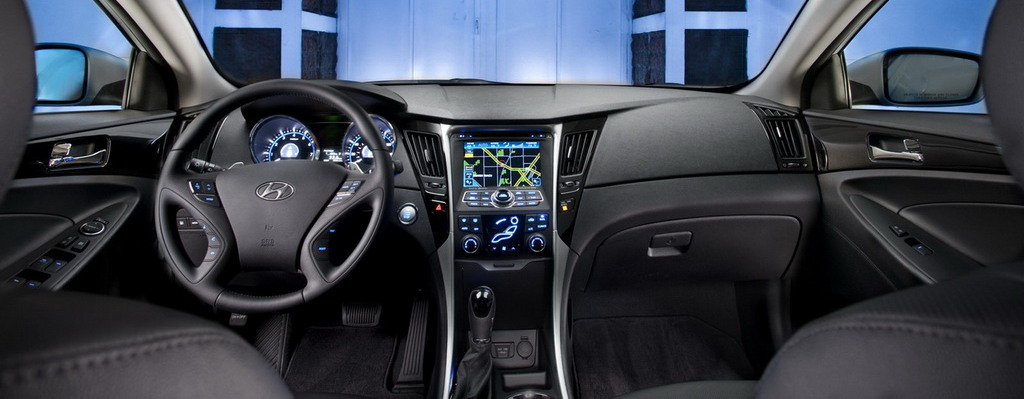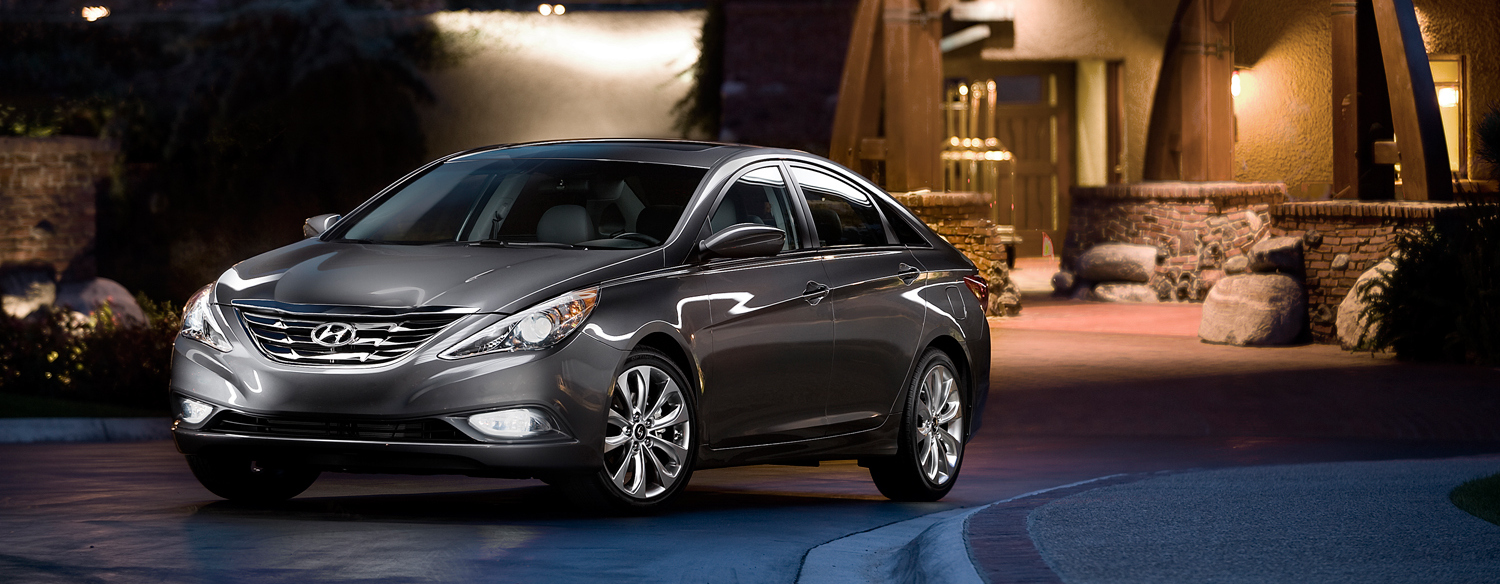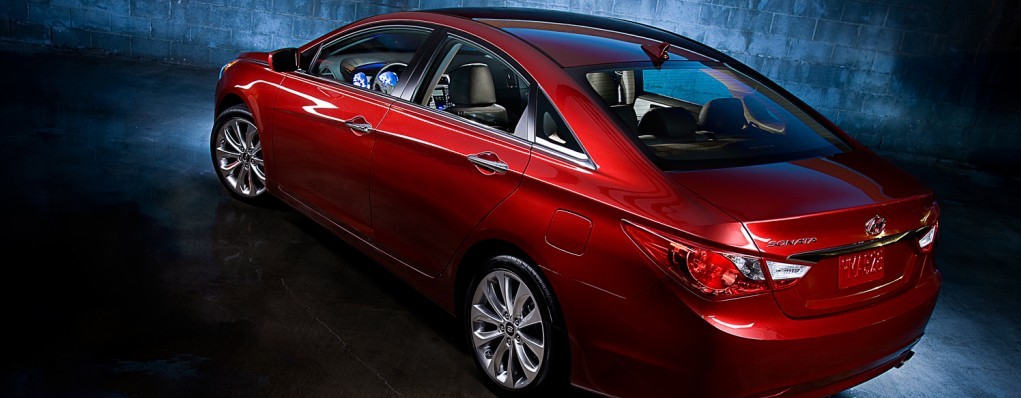When starting my search for a new car, I made a short list of what cars would be good value, but also good bang for the buck in the fun department. I immediately thought of the MINI Cooper S, Ford Focus ST, Subaru WRX, Mazda Miata and many others that combine both fun and function. Then the rational side of me kicked into gear and said, “Self, why not try out some family sedans? After all, you’ll be a family man one day; you should absolutely look at people movers that are not minivans or full-size SUVs.” I answered, “Self, you are an annoyance and a HUGE buzz kill. Why would I do that? Family sedans are boring, uninviting, and styled mainly for people who could care less what they drive every day; and are named Bob/Andrew.” After a lengthy conversation with myself, I realized that many family sedans are, in fact, incredibly boring (see: Toyota Camry, Anything made by Chevy/Dodge/Chrysler, 2007-2012 Honda Accord 4-door). But a select few have generated beautiful, fun, and affordable cars that can double as offspring transporters.
One such car company stands head and shoulders above the rest when it comes to new and uniquely designed, affordable cars. This is not based on how good the company is, but on the enormity of the overhaul it has done on its entire line of vehicles. That company, of course, is Hyundai. Now, as I did a moment ago, ask yourself a question: 5-10 years ago, would you have even considered a Hyundai for a family car, or ANY car for that matter? That answer should be no if you know what you’re talking about. Before 2008, they did not have a single car that looked even remotely flattering. They were the prototypical car manufacturer for boring. Toyota came in a close second, as I believe neither the Camry nor Corolla has changed one iota since 1987. In 2008 they came out with a car that was flattering on the eyes and the wallet, relative to what you were purchasing. What this car did was introduce an affordable car to a class that was previously reserved only for people making over $100,000 annually, and smash the competition. That car was the Genesis. For the top of the line Genesis, you would receive a 5-series-BMW-slaying, 375hp (333lb-ft), V8 engine, coupled with an aesthetically pleasing body, and admirable handling for around $40,000. At that time, this was completely unheard of, especially from a manufacturer like Hyundai; not previously known for being the most reliable vehicle in town. But with the spawning of the Genesis, Hyundai started a trickledown effect that eventually washed away the boring and bathed the brand in new car small.
With the Genesis, there was an emphasis on more reliable cars all throughout the lineup. Hyundai, as was the case with most car companies, could no longer afford to make lemons. It was simply too expensive to make poorly designed, unreliable cars. No one would buy them. This seems pretty logical, but some car companies still thrive on this formula (coughGMcough). Hyundai introduced new styling to the Accent, Elantra, Azera, and eventually, the Sonata.

The Sonata is by far the best-looking Hyundai offered. To many, that might be a radical line of thinking since a few have said it looks a bit like a pug. I disagree and think the sweeping lines and elegant body design are sexy and mature.
Hyundai always had ways to draw you (the consumer) in, though. They offered a still unprecedented, and only mimicked by a rare few automakers, 10-year/100,000 mile power train warranty on their cars. And rightfully so as Hyundai’s on the whole were horribly unreliable in the 90s and early 2000s. Now, as reliability concerns have subsided with better build quality, that warranty doesn’t hold the same weight. Wisely though, Hyundai was able to capitalize on the new vote of consumer confidence and brand loyalty that they had begun to foster with their warranty.
This came to a head in 2011 when the most recent Sonata was born. The Sonata was the first car I test drove and was also the most impressive. The exterior is very sexy, but I test drove the top of the line 2.0T with the premium package and I wouldn’t get the Sonata any other way. The 18″ Wheels and lip spoiler gave this elegant looking car a sportier, more manly appearance. I don’t think the Sonata should be trimmed any other way as it looks a bit feminine otherwise. I loved the dual exhaust tips and large 225/45VR18 tires as these further enhanced the looks to the manly side. Easily the 2nd best looking family sedan out there, in this trim, at this price range.
The doors felt solid upon entry and, unlike the Fusion, were properly proportioned. I did notice that the door plastics, along with the dash, looked a bit cheap, but wasn’t overly concerned because I feel it was the color combination of the exterior/interior that set off this reaction. A black on black color scheme would have helped. Once inside I felt wrapped in entry level luxury. The leather seats were quite comfy and not just because of the leather upholstery. They had good cushioning coupled with enough lumbar and shoulder support, but with spirited driving, you might not be held as tight as you would in a sportier car. The leather, while perforated to breathe and keep you cool, did get quite warm and it was only a 60 degree day. I can only imagine how hot they would be at a 90 degree, sitting-in-the-sun-all-day setting. Sounds quite uncomfortable.

From there, the steering wheel felt nice in wrapped leather and the controls were easy to get to; although for people with smaller thumbs, yours truly included, it will be tough to hit the buttons on the inner portion of the bottom part of the wheel without taking your whole hand off. Really nit picky, I know, but I had to dig deep to find flaws. This wouldn’t deter me from buying this car. The speedometer and whole dash looked nice and was aesthetically pleasing.
Technology, as a whole, in this car was remarkable; a far cry from the Hyundai’s of yore. I likened it to Mercedes levels of refinement. Yes, you get all the bells and whistles of trip fuel economy readouts, accurate sat-nav, heated front and rear seats, traction control, electronic stability control, and just about any other control imaginable; but the huge difference is the Blue Link extra. It’s like Onstar, but Hyundai’s version. For the price range, from any other car company, it’s not offered. I was hugely impressed with this because if I were so inclined, I could push a button and get directions, set up a top speed limit if someone else was driving my car, set a virtual fence that would tell Blue Link when my car was driven too far off a lot at a hotel, AND would be able to shut the car off completely if stolen. And that’s just the beginning. The list the salesman read off was quite extensive and really impressive. On a final tech note, the sound system in this particular model was phenomenal for a stock factory system. This is the top of the line system for this car, but it’s worth it as you would not need to make any modifications to get a huge sound. I would buy this car based on tech alone.
But alas, we cannot base the 2nd or 3rd largest purchase in our lives on the interior’s cool factor. If that was the case, I would be driving around in the Curiosity Mars Rover. Since I can’t do that, mainly because it’s too far away and I do not posses inter-planetary means of transport to retrieve it, I’m relegated to looking for something suitable here on Earth. The Sonata covers that well enough on paper, but does that translate to the road? The answer is an emphatic, YES. And much to my delight, it was better than expected.
It was a dream on the road. Even with its large tires, the Sonata soaked up bumps and pot holes with ease. Corning down the few side streets, as well as a medium sized highway, felt light and airy; only slightly loose and disconnected, but lightyears ahead of what I’m currently driving and not troublesome compared to others in this segment. At speed, cabin noise was minimal and ride comfort was luxurious. At no point did I feel as if I was riding a coal cart down an elevator shaft; always a good thing when comfort and safety is a priority.
The Sonata didn’t feel overly sporty and that did not surprise me. That’s not what the car was meant for, and I feel that’s a good thing because if they tried to make a sports sedan out of it, they would have missed the point. The cornering ability, even with spirited driving, would be well above average from what you are accustomed to by similar vehicles. And the engine was glorious. Smooth, powerful, and efficient (22/34 mpg city/highway). The engine note sounded a bit muffled, but the interior was nearly sound proof so this should not be a priority or selling point. Again, it’s fine you can’t hear much of the engine on the inside of this car. If this were a Corvette with a muffled engine note, then we’d have a problem.
The Sonata does many things well and seating is one of them. As I mentioned, you get heated front and rear seats, which is quite wonderful for everyone’s bottoms in the winter. The leather will get hot in the summer, but so do all leather interior cars. A small inconvenience if you know what you’re purchasing and temper your expectations. There’s ample space in the front and back and comfort would not be a problem, no matter the length of the trip.
There are only a few things I could see Hyundai improving in this car. First, I’d make the physical buttons for the air flow a bit chunkier. They feel a bit cheap and could possibly break down the line if played with too much. Next, better visibility. While it wasn’t obscured as much as the Fusion, the windshield wasn’t up to par as far as maximum visibility is concerned as the A-pillars were a bit large. The windshield was also rounded at the bottom and, while not obtrusive, would take some getting used to. All other windows offered enough visibility. Finally, make an AWD or RWD version. 274HP to the front wheels, as we’ve learned in Chad‘s “PTTP: Part 2” post, is quite a lot and there could be torque steer and cornering issues if pushed too far. I will note on my two hard accelerations at stop lights, I did not come across torque steer issues as this is a much heavier car than a hot hatch and the weight helps to cut down on that. That’s all I found wrong with the Sonata. It was a great drive and if you’re looking for a family car under $30,000, I implore you to take a look and go for a test drive. You might me as surprised as I was.
On a final note, remember, the more technology in your car, the more there is to break/malfunction. Keep this in mind when shopping for a new car and adjusting budgets for future purchases. See below for my full review ratings in each category and overall score. The Hyundai comes in with our top overall ranking so far. Stay tuned for the next review in my car quest, the 2013 Honda Accord Sport.






Comments
Loading…
Leave a reply